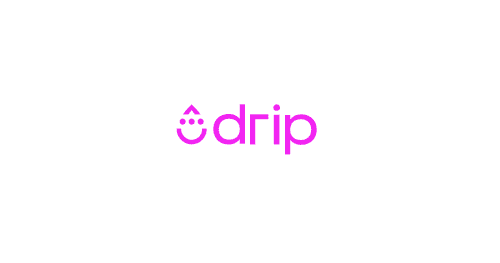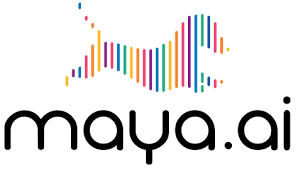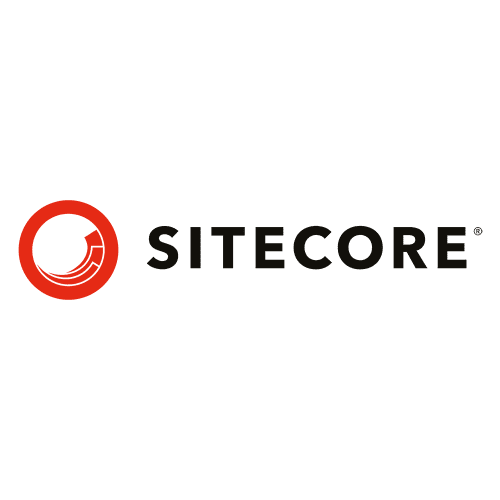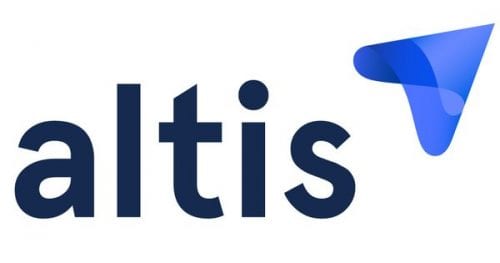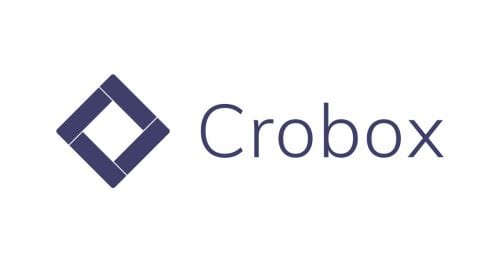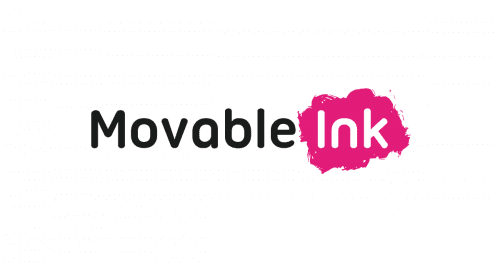The focus of UX personalization is to deliver a user experience that meets the specifications and wishes of users. Customers who interact with a brand's website or app expect the best possible experience from that interaction. Also, the average customer journey will span multiple channels and devices, and they expect consistency and seamless transition all the way. Companies that meet those expectations will benefit from increased user engagement, as customers derive value from every interaction. This means an improvement in KPIs such as abandonment rate, pageviews and system usage scaling. As users are more engaged, there is a consistent increase in conversion rate and lead generation.
Achieving UX personalization takes a lot of effort and important factors to consider. For example, the brand must clearly define its goal for personalization and understand its target audience. 1TP236 Accordingly, the ease of navigation for users should be considered. A good example of navigation personalization is restarting apps from the last viewed location or displaying products viewed during the last browsing session. In addition, content and product recommendations are important for UX personalization. Recommendations should be based on user preferences, behavior, or location to make customers feel like the experience is tailored for them.
Listings in UX Personalization
The focus of UX personalization is to deliver a user experience that meets the specifications and wishes of users. Customers who interact with a brand's website or app expect the best possible experience from that interaction. Also, the average customer journey will span multiple channels and devices, and they expect consistency and seamless transition all the way. Companies that meet those expectations will benefit from increased user engagement, as customers derive value from every interaction. This means an improvement in KPIs such as abandonment rate, pageviews and system usage scaling. As users are more engaged, there is a consistent increase in conversion rate and lead generation. Achieving UX personalization takes a lot of effort and important factors to consider. For example, the brand must clearly define its goal for personalization and understand its target audience. 1TP236 Accordingly, the ease of navigation for users should be considered. A good example of navigation personalization is restarting apps from the last viewed location or displaying products viewed during the last browsing session. In addition, content and product recommendations are important for UX personalization. Recommendations should be based on user preferences, behavior, or location to make customers feel like the experience is tailored for them.









